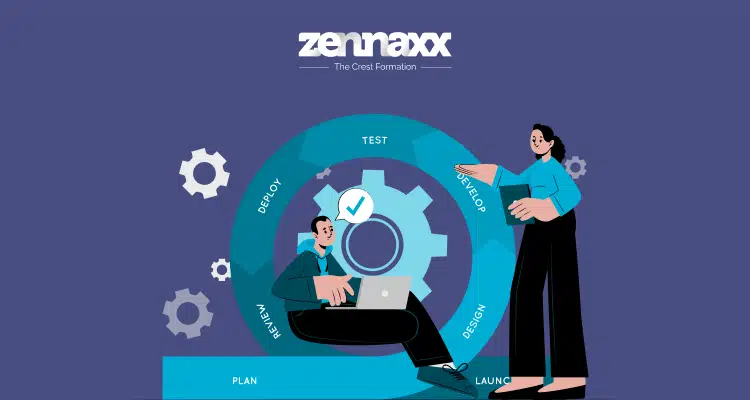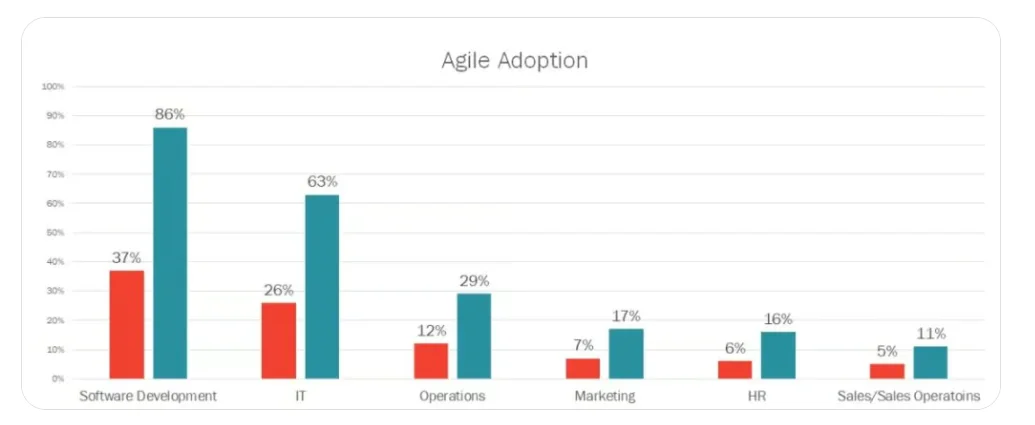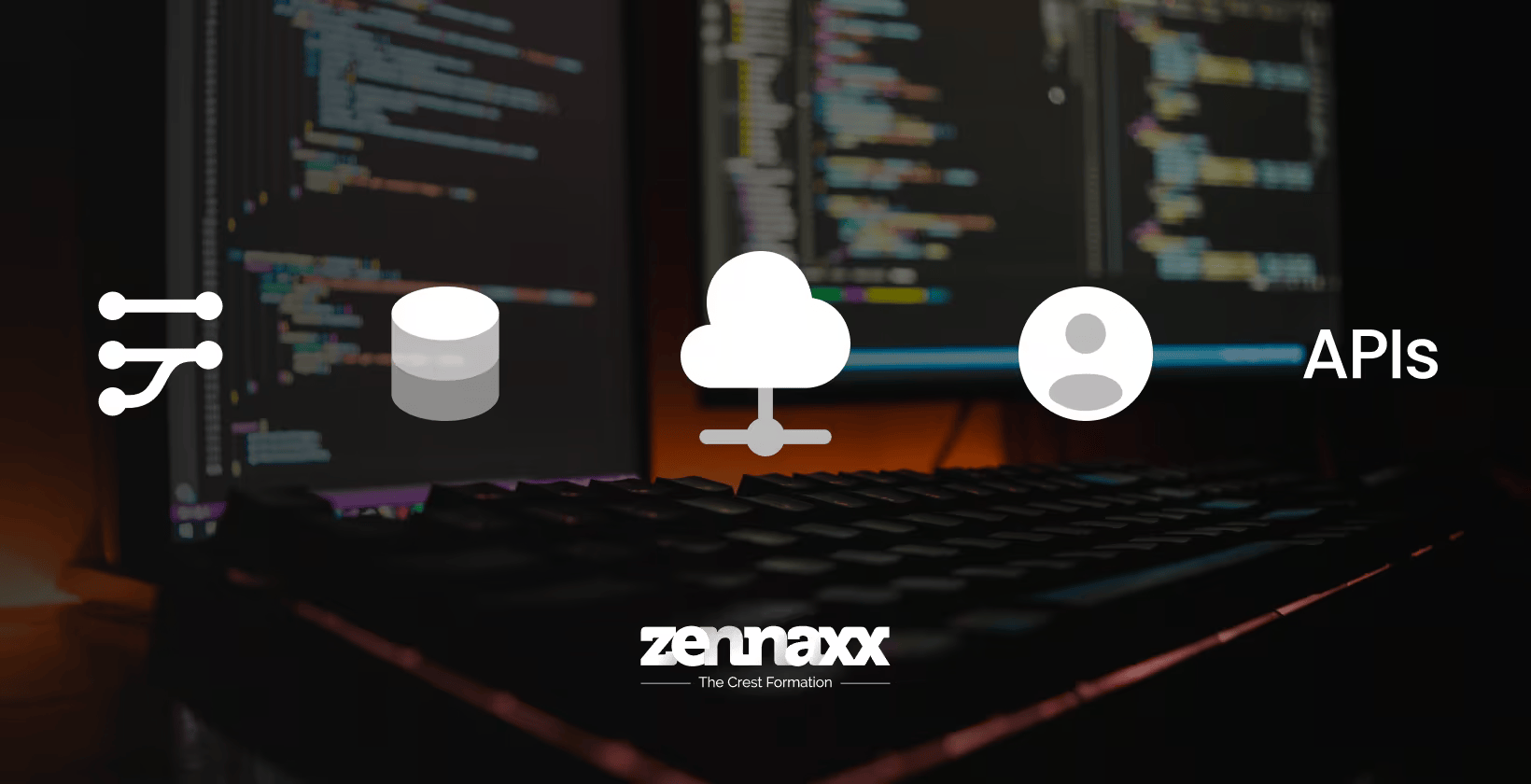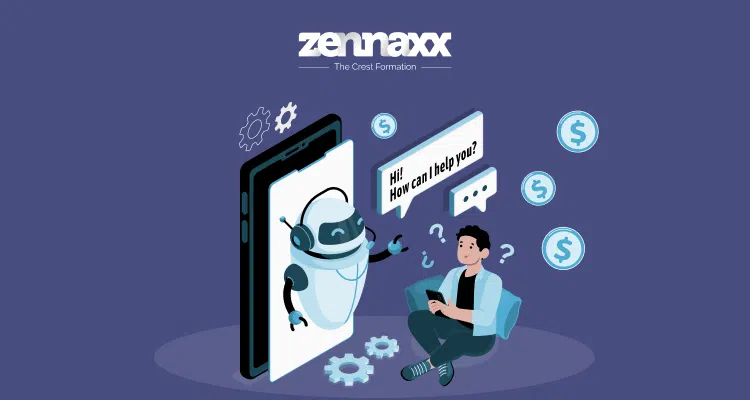Agile refers to a collection of techniques and first-class practices for organizing initiatives based on the values and concepts outlined in the Agile Manifesto.
There is not a single “accurate” way to implement Agile; instead, numerous frameworks exist.
Software engineers and product managers continually search for new approaches to streamline the software program development process.
Agile methodologies are broadly used on this subject to manage, market, and enhance products, making sure clients get the most pleasant experience possible.
For those pursuing a profession as a software engineer, developer, or product manager, expertise in the Agile technique is critical for constructing powerful software programs.
In this document, we explain the 9 different types of agile methodology and provide a brief overview.
This document helps you make a clear distinction between the different types of alternative methodologies, so you can select the best one for your project.

What are agile methodologies?
What does Agile mean? Let’s learn it in more depth by going back to its beginnings.
Some people argue that Agile is more of a set of values and principles than a method.
Agile is better understood as a philosophy or mindset for software development. Agile has changed the way software is made today.

In 2024, Agile will still be the most popular way to run a business because it encourages creativity and efficiency. In the last 5 years, the number of workers using agile has grown from 37% to 86%.
Organizations frequently use agile methodologies to improve the efficiency of their software development teams.
Agile software development methodologies enable teams to become more effective at all stages of the process.
Agile methods help teams improve their preliminary planning while ensuring timely or early delivery of the final product.
5 Benefits of Agile Methodologies
Improves Collaboration:
The agile method greatly improves planning and teamwork. Regular meetings and ongoing communication help ensure that everyone is involved and working together.
Think about a project you’re working on with other people. Your ideas and help are valuable.
People who work together closely come up with better ideas, solve problems faster, and feel more united.
Improves Communication:
One of the best things about agile is that it improves communication. Developers, product managers, and customers often update and give feedback.
Everyone is on the same page because information is shared constantly. Problems are discussed and solutions are found as a group, which makes the whole process go smoothly and quickly.
Regular Updates:
With Agile, customers can get regular updates on the product’s progress. Clients can see how things are going at every stage of development and make suggestions for changes if they think they are needed.
The owner can also drop by to check progress and offer suggestions.
Facilitates easy Changes:
Flexibility is also one of the best aspects of Agile. Changes can be made to a project even if it’s already well underway.
As you come up with new ideas, imagine writing a book where you can simply add new chapters or edit ones that already exist.
If customer needs change during development, the final product can be changed to better meet those needs.
Ensures Timely Delivery:
Agile divides the project into smaller, more manageable parts called iterations. Each iteration is finished and sent to the client, one at a time.
Using this method makes sure that every part is tested, analyzed, and sent to the customer ASAP.
You could compare it to baking cookies one at a time instead of waiting for a big cake to cool down.

9 Common Types of Agile Methodologies
One of the best ways to plan the software development process is to use the Agile methodology.
It is easy to integrate into existing projects and allows for quick adaptation to changing requirements.
Agile methodology encourages team members to work together for a more efficient development process. Some common types of agile methods are explained in this document.
1. Kanban
The Kanban method is adaptable for every project. It focuses on delivering value continuously. It starts with current processes and makes minor improvements over time.
Team members can see what needs to be done. They can also see what’s being worked on and what’s been done.
They do this with visual boards that monitor tasks. Visualizing helps find problems and inefficiencies. It makes them easier to deal with and fix.
This speeds up the process of finishing a task. Adding Kanban to existing workflows is easy because it is flexible and can be used with any method or tool.
It dramatically helps agile development teams because it gives their processes more structure and visibility, making them more productive and accelerating delivery.
2. Scrum
According to the principles of inspecting and adapting, Scrum is an agile framework. This means that Scrum teams check their progress often.
They make any needed changes to reach their goals. Scrum makes it easy for people to work together so that teams can achieve their goals without problems.
Its fundamental principles are transparency, inspection, and adaptation. Scrum offers a structured way for teams to collaborate.
It improves communication and helps find and remove barriers to success. Scrum teams can improve by inspecting their work. They can adapt their processes often to deliver more value.
3. Feature-driven development (FDD)
The Feature-Driven Development (FDD) method is an iterative and incremental way to make software that depends on the client.
The best practices from Scrum, Agile, and Extreme Programming (XP) are combined in a risk-driven framework. This framework also includes practices from Unified Processes.
Compared to other agile methods that focus on timed sprints, FDD is more about developing features. A clear framework for teamwork and communication makes this a helpful approach.
It is for organizations that want to reach their targets quickly and effectively. FDD also helps teams find and remove roadblocks to progress.
It ensures that development stays on track and efficiently delivers high-value features to clients.
4. Behavior-driven development (BDD)
Behavior-driven development (BDD) is an agile method that encourages developers who aren’t technical to be involved in making software.
BDD claims that non-technical individuals, including developers and product managers, can evaluate software. This is different from traditional development.
This approach helps technical and non-technical teams work together better. It also improves communication within the organization.
BDD makes sure software stays in line with stakeholder needs. It does this by putting more emphasis on behavior than technical details. This leads to more successful and efficient outcomes.
5. Lean development
Lean is an agile method focusing on increasing value while reducing organizational waste. Continuous improvement is key to Lean.
In Lean, teams work tirelessly to improve processes and cut all waste. Lean provides a structured way for teams to collaborate and communicate.
It helps find and remove roadblocks to success. Lean encourages always getting better. It makes companies more flexible and open to change.
It also makes responding to feedback faster and easier, so teams can change quickly and provide better value.
Unsure Which Methodology to Choose for Your Software management?
Contact us today to discuss your needs and schedule a free consultation.
6. Adaptive software development (ASD)
The three main steps in Adaptive Software Development (ASD) are guessing, working together, and learning.
They pay close attention to what users want and say, and they make sure their software is simple to use.
Their work is checked repeatedly to ensure it’s good, and they promise to finish on time.
Businesses that need to change what they offer often to keep customers happy are the ones that benefit most from ASD.
If you need more time or money to test everything, it might be easy to make complicated software.
7. Crystal
The Crystal method is an agile one that helps businesses give their customers what they want faster and with fewer mistakes.
According to the idea of continuous delivery, teams always give customers working software. Crystal stresses close collaboration.
It is between developers and customers to ensure the final product meets their needs.
This method is great for teams. They want to cut distractions and fix issues fast. Team members and customers can also build strong working relationships this way.
Crystal has many agile processes. Each has its own features that make working and talking better.
For teams that want to be more productive and keep in touch with customers, this makes it a great choice.
8. Extreme programming (XP)
Extreme Programming (XP) is an agile method based on courage, communication, simplicity, and feedback.
It stresses minor releases, simple design, test-driven programming, and continuous refactoring. It helps software developers.
If your team wants to work closely with their customers, XP is one of the best agile methods for you.
It provides a structured framework for team collaboration, communication improvement, and effective customer service.
XP’s main goal is to cut change costs while improving software quality. It is an effective way to make high-quality software.
Want to Automate Your Business Process With a Software Solution?
Zennaxx, a leading software development firm in Canada, has delivered 700+ bespoke solutions spanning various industries.
9. Dynamic systems development method (DSDM)
DSDM stresses the importance of cooperation between developers and customers. It also focuses on quickly delivering working software through sprints.
The DSDM includes many flexible editing methods. They work together to make customers happier by using strong business principles.
DSDM makes it easier to create high-quality software.
It meets the changing needs of both developers and customers by using iterative development and promoting strong teamwork.
Conclusion
Agile methodologies have transformed software development. This list of nine types of agile methodologies provides a variety of methods based on working together and being able to change.
Each method has advantages, ranging from Kanban’s flexible task management to Scrum’s structured approach. Agile helps teams work together better.
They also communicate more clearly and deliver products faster. This lets them meet changing needs.
When teams understand these methods, they can pick the best one for their projects. This leads to innovation and success.


